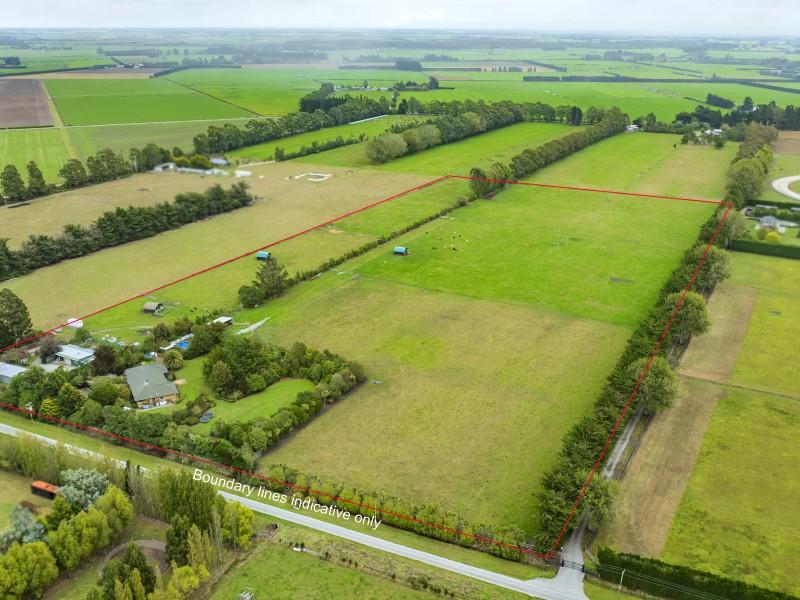Know what’s happening
Access the private noticeboard for verified neighbours near you. Keep informed about any suspicious activity, send urgent updates to your neighbours when required and discuss emergency planning.
Get to know your neighbours
Browse the directory and start getting to know your neighbours. Don’t want to post to the whole neighbourhood? Send a private message.
Buy, sell and give away
Want to declutter your garage? Buy some used household items? Give away some garden stuff? Become a verified neighbour to browse and post items for sale. Trading is simple when everyone lives nearby.



Thank you for using Neighbourly
You may receive an email confirmation for any offer you selected. The associated companies will contact you directly to activate your requests.
Janine from Hurunui District
A Concert featuring members of Cheviot's Vanuatuan community to raise funds for the NZ Red Cross Vanuatu Earthquakes Appeal. Joyful, uplifting music in a beautiful setting. Some songs accompanied by musical instruments, some unaccompanied, as well as action songs. Entry by donation - … View moreA Concert featuring members of Cheviot's Vanuatuan community to raise funds for the NZ Red Cross Vanuatu Earthquakes Appeal. Joyful, uplifting music in a beautiful setting. Some songs accompanied by musical instruments, some unaccompanied, as well as action songs. Entry by donation - all welcome. Concert commences at 2pm.
The Team from Neighbourly.co.nz
Are you a dog or puppy owner? SPCA are urgently calling on you to vaccinate them against parvovirus.
SPCA New Zealand say:
We’re seeing more and more cases of the highly contagious and potentially fatal canine parvovirus (parvo) around the country as we face a third outbreak in as many years.… View moreAre you a dog or puppy owner? SPCA are urgently calling on you to vaccinate them against parvovirus.
SPCA New Zealand say:
We’re seeing more and more cases of the highly contagious and potentially fatal canine parvovirus (parvo) around the country as we face a third outbreak in as many years. Parvo can remain on surfaces for up to a year, so dogs are at constant risk if they’re unvaccinated, or if their vaccinations lapse. Please ensure your dogs are protected against this heartbreaking illness, and book your vaccines and boosters as soon as possible. It could be the difference between life and death.
Read more about the current outbreak and the dangers of parvo on our website:
www.spca.nz...

Hi neighbours!
At Triton Hearing, we believe you should make the most of the season and the moments that matter. That’s why we’re excited to introduce our revolutionary new Infinio Sphere devices. With cutting-edge technology delivering double the speech clarity*, you’ll hear every joke, … View moreHi neighbours!
At Triton Hearing, we believe you should make the most of the season and the moments that matter. That’s why we’re excited to introduce our revolutionary new Infinio Sphere devices. With cutting-edge technology delivering double the speech clarity*, you’ll hear every joke, every story, and every cheer like never before.
This summer, don’t just be present - be at the heart of the fun.
*Sonova proprietary research (2024), visit hearmore.co.nz to learn more.
Find out more

The Team from Neighbourly.co.nz
We are kicking off The Neighbourly Backyard Awards, a campaign where you can show off the hard work and love you’ve put into your backyard and win prizes for it!
We'll be rolling out the competition by sharing a new category (and new $100 Mitre10 voucher) every week.
There's three… View moreWe are kicking off The Neighbourly Backyard Awards, a campaign where you can show off the hard work and love you’ve put into your backyard and win prizes for it!
We'll be rolling out the competition by sharing a new category (and new $100 Mitre10 voucher) every week.
There's three fun categories for you to enter:
Best loved lawn
Best floral garden
Most creative backyard build
To be in to win, keep an eye out for the post from us every Monday announcing the new category in a post and you can share your entry in its comments below. It starts Monday 27th January when we'll be taking entries for Best Loved Lawn so get prepping, neighbours!

Ernest Rutherford Retirement Village
Walking has always been a way of life for Glynne and Eric, who rarely miss a chance to lace up their shoes and head out. As residents of William Sanders Village, they frequently clock up 12 kilometres in a day, enjoying the charm of their local neighbourhood. Their favourite routes feature stunning… View moreWalking has always been a way of life for Glynne and Eric, who rarely miss a chance to lace up their shoes and head out. As residents of William Sanders Village, they frequently clock up 12 kilometres in a day, enjoying the charm of their local neighbourhood. Their favourite routes feature stunning harbour and bay views and regular stops at their much-loved local cafés.
“There are so many beautiful walks nearby, It’s such a convenient area to explore,” says Eric.
Click read more for the full story.

Sandi from Hurunui District
anyone got an antique washing machine they no longer need? Twin tub Fisher and Paykel sort not these new Chinese made toys that only last 2 minutes
The Team from Neighbourly.co.nz
There's been a few product recalls over the past month. Make sure you're not using these at home!
Click on the title of the product to see all the details:
Volcom Stone Boys Youth Stone Changing Towel
3 in 1 Baby Stroller- sold at BabaBaby
Deluxe Adjustable Baby Walker
… View moreThere's been a few product recalls over the past month. Make sure you're not using these at home!
Click on the title of the product to see all the details:
Volcom Stone Boys Youth Stone Changing Towel
3 in 1 Baby Stroller- sold at BabaBaby
Deluxe Adjustable Baby Walker
Electric Leaf Swing Rocking Chair and Feeding Seat
Kubota Utility Vehicle
Wooden Co-Sleeper Bassinet Bed + Fold- Out Changing Table
Panda Mart Baby Doll
Stanley 1913 Switchback and Trigger Action cup
Hope this helps your household, neighbours.
The Team from Neighbourly.co.nz
Just a bit of a fun poll to get you thinking.
If you had to live out your Christmas days, would you prefer it was a summer Christmas or a winter Christmas?

210 replies (Members only)
The Team from Neighbourly.co.nz
I'm sure you've got some excess ham at home or cold roast potatoes.
What are some of your favourite ways to use leftover food from Christmas day? Share below.

62 replies (Members only)
The Team from Neighbourly.co.nz
It's school uniform season, which means bringing school jerseys out of the wardrobe and realising they are now showing midriff. 🙈
If you're in need of new uniform items or have something to sell or giveaway. Post it on Neighbourly in our Buy, Sell or Free section!

Don’t miss your chance to WIN a Weber® Lumin® BBQ Prize Pack, valued at $1098! Each pack includes: an electric BBQ, a stand with a side table, and a cover.
All you have to do is grab a copy of your local Stuff newspaper between 1 Jan - 28 Jan and participate in the Great Kiwi Quiz! Answer … View moreDon’t miss your chance to WIN a Weber® Lumin® BBQ Prize Pack, valued at $1098! Each pack includes: an electric BBQ, a stand with a side table, and a cover.
All you have to do is grab a copy of your local Stuff newspaper between 1 Jan - 28 Jan and participate in the Great Kiwi Quiz! Answer the daily New Zealand based questions, the more answers you enter correctly, the higher your chance of winning. For more information and to submit your answers, click here.
The team at Stuff
Find out more

The Team from Neighbourly.co.nz
Tidying the house before going to bed each night, meditating upon waking or taking the stairs at work.
What’s something quick, or easy, that you started doing that made a major positive change in your life?

87 replies (Members only)
Get big summer savings at Resene ColorShops! Bring out the best in your home with kiwi made Resene paints, colours and wood stains. Plus choose from a huge range of wallpaper and accessories. Find out more

The Team from Neighbourly.co.nz
This one is for the members who have kids at home and still a few weeks of school holidays left.
There might be some ideas on here for when the sun isn't shining!
Click on the poster to enlarge it to see better.

The Team from Neighbourly.co.nz
If 2020 was the year of lockdowns, banana bread, and WFH (work from home)....
In one word, how would you define 2024?
We're excited to see what you come up with!

187 replies (Members only)
 Loading…
Loading…
Are you sure? Deleting this message permanently removes it from the Neighbourly website.
 Loading…
Loading…

 Auction
Auction



 Marketed by Dayan Muntz
Marketed by Dayan Muntz

 Auction
Auction



 Marketed by Simon Anderson
Marketed by Simon Anderson

 $810,000
$810,000



 Marketed by Rob Maskill
Marketed by Rob Maskill

 Auction
Auction



 Marketed by Dayan Muntz
Marketed by Dayan Muntz
© Neighbourly 2025
